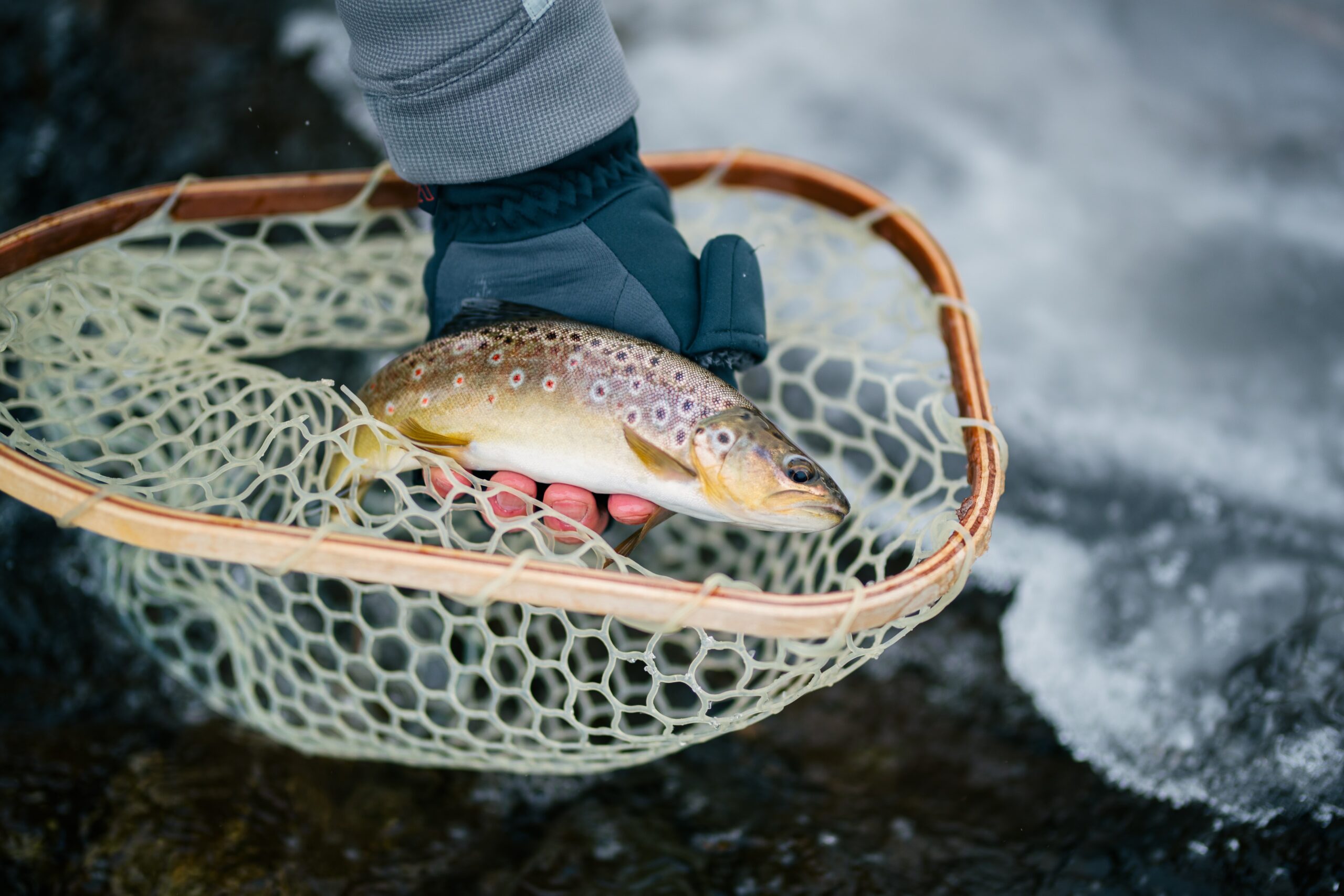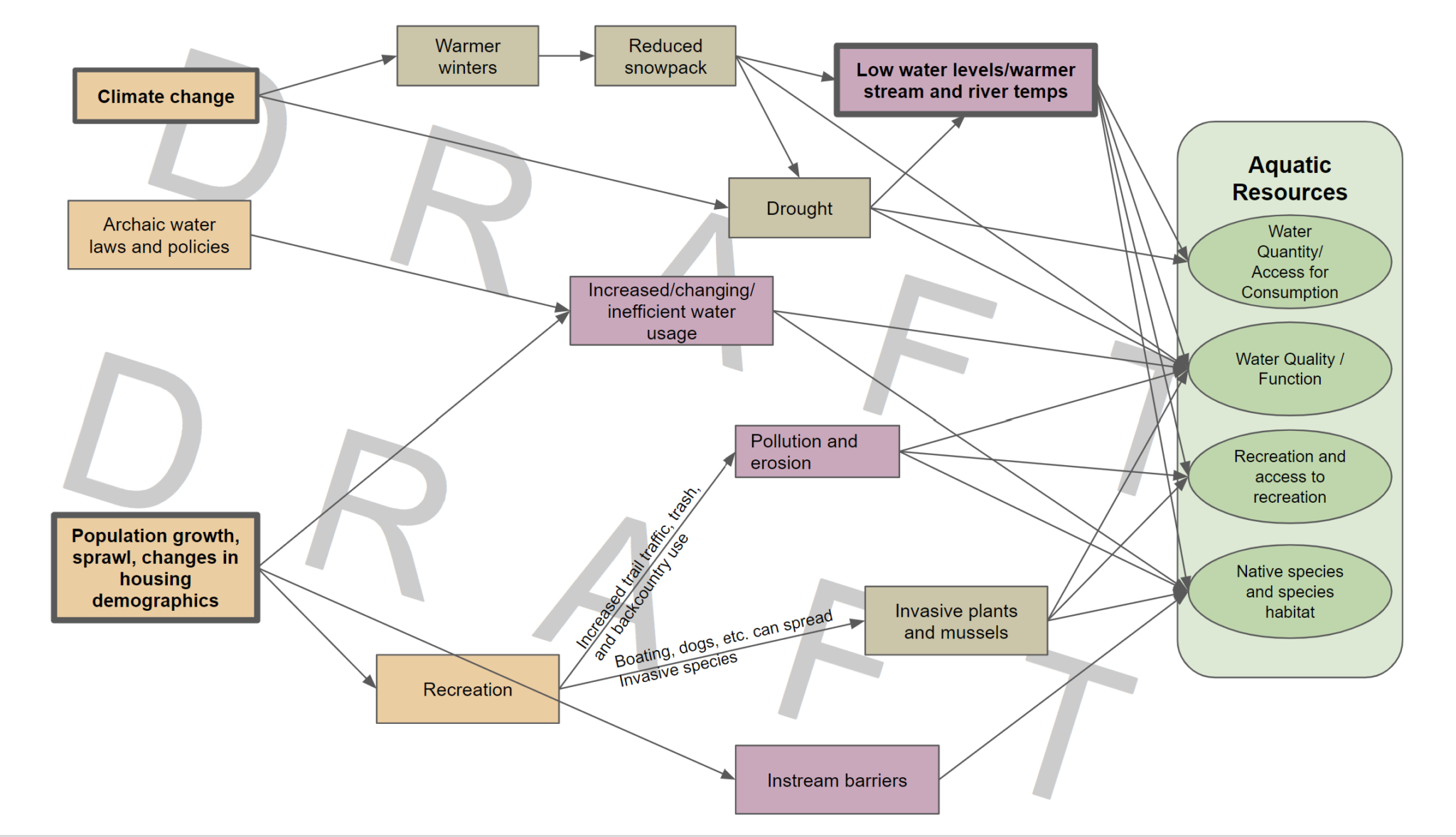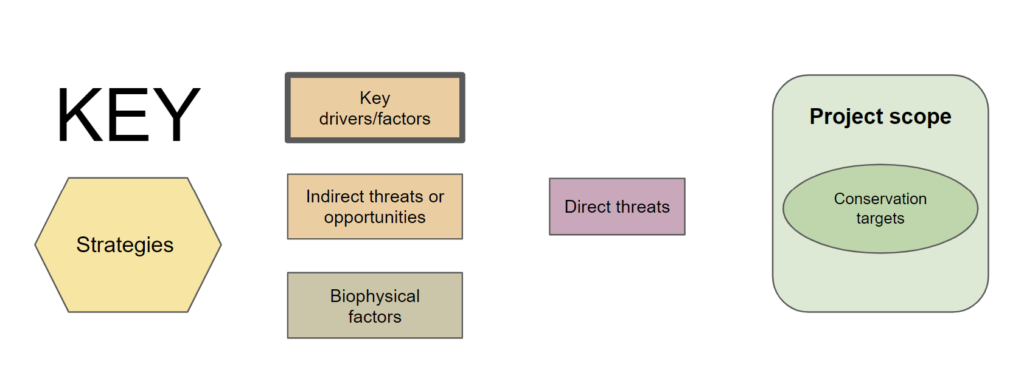Aquatic Resources

Water is a vital component of the High Divide landscape, which is home to the headwaters of the Missouri and Columbia watersheds. Rivers, streams, and lakes provide irrigation to ranches and farms, habitat for native plant and fish and wildlife species, and drinking water for people both locally and also outside the region. These waters also offer prime recreation opportunities such as fishing and boating. For users, land managers, and policy makers, managing a multitude of water needs has always been difficult. Climate change and population growth have intensified the pressure even further; now, water resources are warmer and flowing lower as demand increases.
Specifically, a reduced snowpack and consistent drought throughout the West are leading to historically low water levels. Combined with a global warming phenomenon and an increase in development, during which bridge and road building often create instream barriers such as culverts and dams, these waters are insufficient for sustaining cold water species. Furthermore, frequent erosion events due to flooding, landslides, and increased human traffic are impeding water quality and diminishing healthy fish habitat even more. Invasive plants and mussels cause yet another problem for aquatic systems in the High Divide, exacerbated by boaters, dogs, and other recreationists passing through.
Archaic water laws and policy hobble decision makers in their task of managing these dwindling water resources. Mining and logging regulations often dominate the conversation and lead to unfavorable, unfair arrangements for landowners and wildlife. In an era in which pure water volume is not enough to meet all demands, intentional collaboration around usage and drought planning is needed to sustain livelihoods of both people and animals in the region.
Photo: Jack Murrey | Unsplash
Draft Conceptual Model

